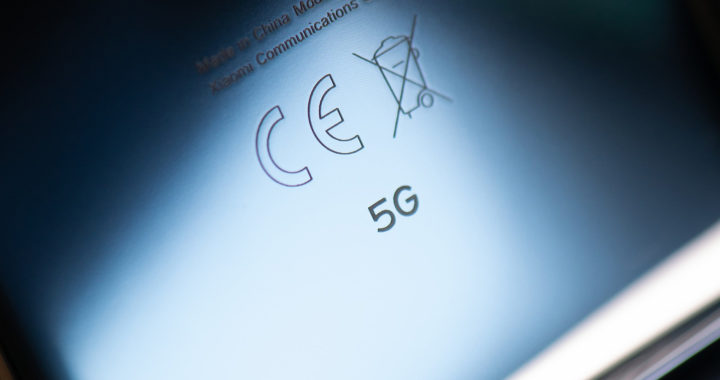The C-Band is the portion of the electromagnetic spectrum designated by several institutions for use in wireless communications. The Institute of Electrical and Electronics Engineers or IEEE considers the microwave frequencies between 4.0 GHz to 8.0 GHz as part of this band while the United States Federal Communications Commission has designated frequencies between 3.7 GHz and 4.2 GHz as part of the C-Band.
Some of the most common applications of these frequencies include satellite communication transmissions such as satellite internet, weather radar systems, several Wi-Fi devices, and cordless phones, among others. The development of 5G technologies and deployment and operation of 5G cellular networks have also resulted in the identification of specific frequency ranges that collectively represent the C-Band 5G standard.
Advantages of the C-Band 5G Standard
Some of the notable advantages of fifth-generation cellular technologies are also the advantages of C-Band 5G. However, it is important to stress the fact that not all 5G networks are created the same. There are two fifth-generation cellular network standards in use today: the sub-6 5G standard and the mmWave 5G standard.
The sub-65G standard utilizes frequencies below 6 GHz and specifically within the 3.3 GHz and 4.2 GHz range of the electromagnetic spectrum while the mmWave 5G standard utilizes electromagnetic radiation within the 30 GHz to 3000 GHz frequency range. 4G Long Term Evolution or 4G LTE also uses frequencies under sub-6 GHz.
Nevertheless, the advantages of sub-6 5G also represent the advantages of C-Band 5G. The International Telecommunication Union divided the entire band into three frequency ranges: band n77 which occupies frequencies between 3.3 GHz to 4.2 GHz, band n78 that spans from 3.3 GHz to 3.8 GHz, and band n79 which includes frequencies above 4.2 GHz.
The following are the specific advantages compared to other cellular network technologies:
1. A Sweet Spot for 5G Connectivity
The standard for 5G deployment involves the utilization of a wide range of frequencies within the radio waves and microwave territories. The identification of the C-Band comes from the need to determine the optimal ranges for wider coverage and fast data transmission speeds.
2. Faster than 4G and LTE
One of the advantages of C-Band 5G is that it is inherently better than 4G and 4G LTE cellular network standards in terms of data transmission speed, network latency, and bandwidth capacity. Latency is between 10 to 20 milliseconds while transmission speed is around 400 Mbps.
3. Wider Coverage than mmWave 5G
Note that the mmWave 5G standard suffers from range limitations and susceptibility to physical obstructions due to the fact that it uses higher frequencies and shorter wavelengths. Frequencies within the C-Band travel longer distances and are not as susceptible to obstructions such as concrete walls.
4. Uses Existing 4G Infrastructures
Another problem with mmWave 5G is that its deployment requires installing hundreds of smaller cells in a particular area to expand and maximize 5G coverage. The sub-6 5G standard and the C-Band 5G standard can use existing telecommunication towers used for 4G and 4G LTE cellular networks.
Disadvantages of the C-Band 5G Standard
Of course, because it is part of the greater 5G cellular network standard, it also shares some of the notable disadvantages and limitations of 5G technology. Furthermore, because it is technically a more defined implementation of the sub-6 5G standard, it also shares all of its noteworthy drawbacks and issues.
Below are the specific disadvantages compared to other cellular network technologies:
1. An Inferior 5G Network Standard
One of the disadvantages of C-Band 5G is that it is technically inferior to mmWave 5G in terms of network standard. mmWave 5G theoretically provides data transmission speeds between 200 Mbps and more than 1 Gbps with a network latency of fewer than 10 milliseconds.
2. Restricted 5G Applications
Furthermore, because it is an inferior 5G network standard, it does not maximize the full advantages of next-generation cellular network connectivity. It would not be able to compete against the theoretical and demonstrated network performance of fixed broadband internet.
3. Device Compatibility Issues
Remember that not all 5G networks and 5G devices are created the same. Some networks are based only on the mmWave 5G standard and some devices are only capable of connecting to mmWave 5G networks. Devices that can only connect to sub-6 5G networks would connect to mmWave 5G networks.
